Getting Fit While You’re Overweight

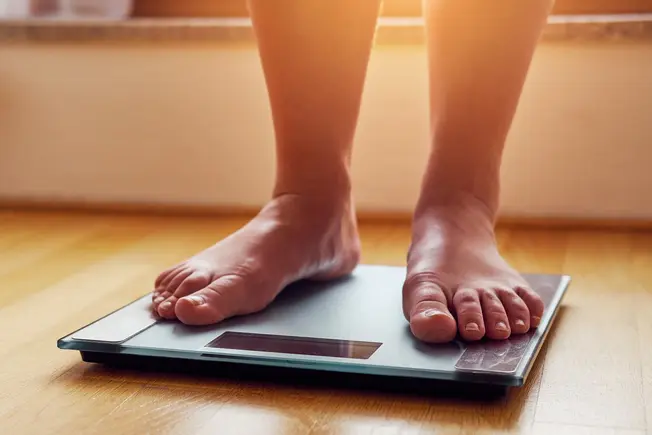
Fitness: More than a Number on a Scale
When it comes to overall health, your fitness level may matter more than the number on the scale. Being overweight sets you up for health problems like heart disease and diabetes. But focusing on weight loss alone tends to cause an up-and-down weight cycle that can be dangerous for your health. Researchers are finding that even if you don’t lose weight, exercise has important benefits. And if you also happen to lose some weight, great!

Benefits of Exercise
Physical activity lowers your blood pressure, cholesterol, and blood sugar levels. It helps keep your bones strong, boosts your brain power, gives you energy, and helps you sleep better. It lowers your chances of heart disease, stroke, type 2 diabetes, dementia, and some kinds of cancers. Besides all this, exercise can reduce stress, boost your mood, and make you feel better about yourself.

Where Do You Start?
The last thing you want to do is hurt yourself right out of the gate. Tell your doctor you want to start a fitness program. Ask if you need to take any precautions. They can suggest some workouts that are right for your health and fitness level. For example, you should probably stay away from high-impact exercise like jogging at first. The main thing is to just get moving -- any amount of activity is better than none.

Go Slow at First
Start with small steps you can build on. Park at the far end of the parking lot, or take the stairs. Try 10-15 minutes of physical activity every other day and see how you feel. Be sure to rest when you need to and listen to your body. Gradually work up to 30 minutes to an hour of moderate exercise, 5 days a week, plus two sessions of resistance or strength training. This is the amount of exercise that experts recommend for adults.
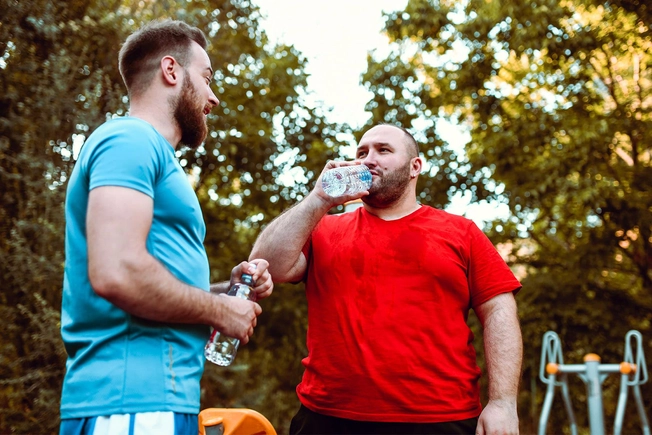
Check With an Expert
Everyone needs to use good form when they exercise. But it’s even more important when you’re overweight. Extra weight can throw off your center of gravity and change the way you hold your body. It also puts extra stress on your joints. Book an appointment or two with a trainer or physical therapist who knows about weight issues. They can show you the right posture and help you build up your balance so you can exercise safely.
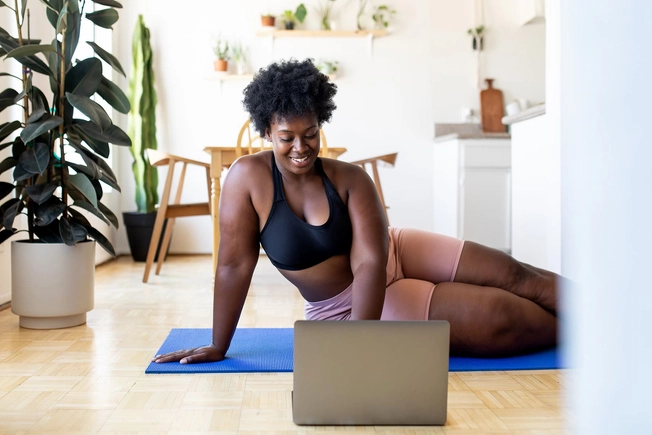
Exercise Options
The best exercise is something you enjoy and will stick with. Try different things that interest you, and see what you like. Remember that a well-rounded program includes both cardio and strength training. Check out the options at your local gym or community center. If you find a class or teacher you like, become a “regular.” If you’re uncomfortable working out in front of other people, there are lots of DVDs and online programs to try.

Start With Cardio
This is exercise that gets your heart pumping. Walking is one of the easiest kinds. You can do it just about anywhere and anytime, and all you need are comfortable clothes and a good pair of walking shoes. If you have sore joints, try biking, either stationary or outdoors. It puts less stress on your hips, knees, and ankles. So does exercising underwater. See if there’s a pool near you where you can try aqua jogging or water aerobics.
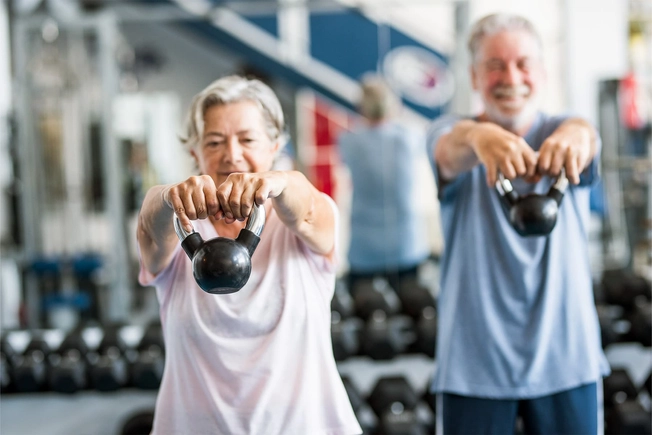
Add Strength Training
Working out with weights or other resistance equipment makes your muscles stronger, and that makes everyday tasks easier. The weight machines at the gym control the way you move and help keep you in the right form. But make sure they’re comfortable and can support you. If you’re not sure how to use the equipment, ask a trainer for help. You can also use free weights, kettlebells, or resistance bands at the gym or at home.
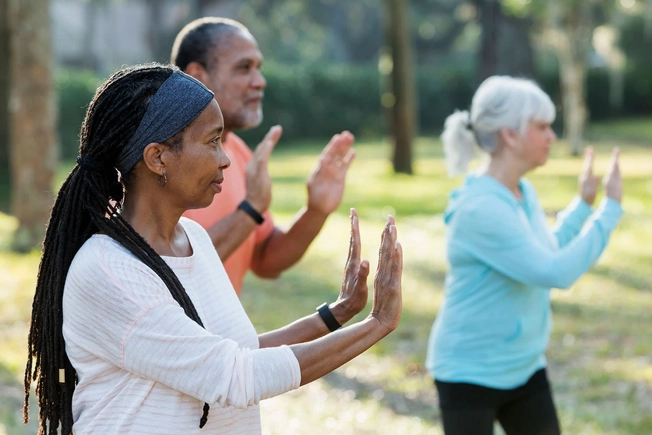
Include Flexibility and Balance
Exercises like yoga, Pilates, and tai chi help build muscle mass too. But they also keep you flexible and build your balance, which can protect you from falls and injuries. And they make it easier to do everyday things like bending over and reaching for things. Balance and flexibility are especially important as you get older.

Use a Chair if You Need It
If it’s hard for you to walk or stand for long periods of time, start your fitness program with exercises you can do sitting down. Remember, any amount of activity is better than none. You can get cardio with chair aerobics or a portable pedal device. Weight or resistance training and stretching are easy to do while seated.
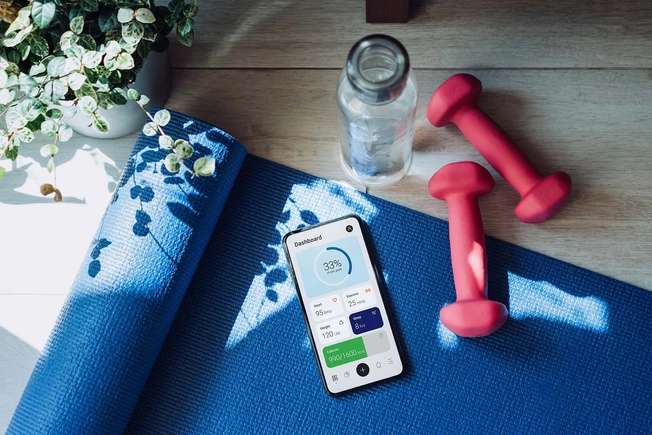
Plan for Success
It may take a while, but if you stick with it, fitness can become a lifelong healthy habit. You may have an easier time staying motivated if you make a plan and track your progress. Set specific, achievable goals you can celebrate, like adding a quarter-mile to your walk or 10 minutes to your bike ride every week. A fitness tracker, diary, or app can help keep you accountable. So can working out with a friend or in a group.
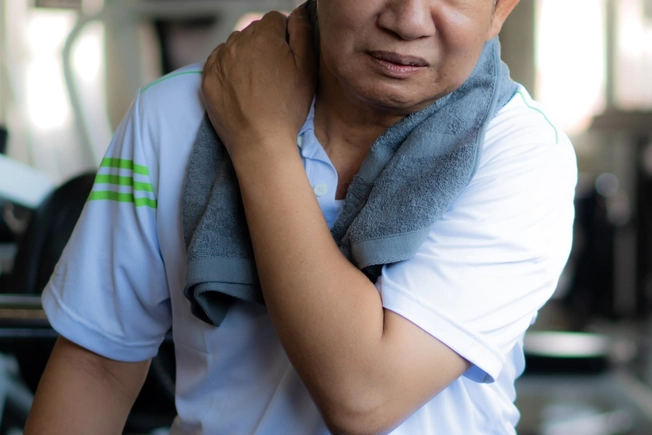
Head Off Setbacks
It’s easy to overdo it when you’re starting a fitness program. Take a couple of days off if you’re really sore. But if you think you’re hurt, see your doctor. Your body will fight to keep the status quo, so don’t be surprised if you feel extra hungry or tired at first. Be sure to fuel yourself with healthy foods.
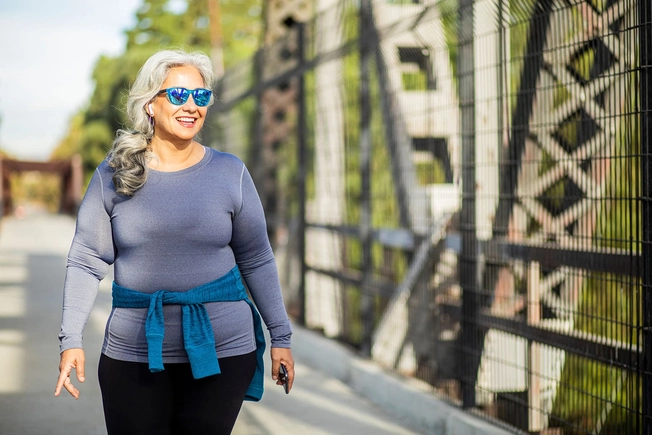
Take the Long View
A fitness routine is like any habit: It takes time to make it part of your life. Know that there will be days that you won’t feel like working out. Fight boredom by switching up your routine. And if you miss a day or two, don’t stress. Just get back to it as soon as you can. Your goal is to stay active for life.
